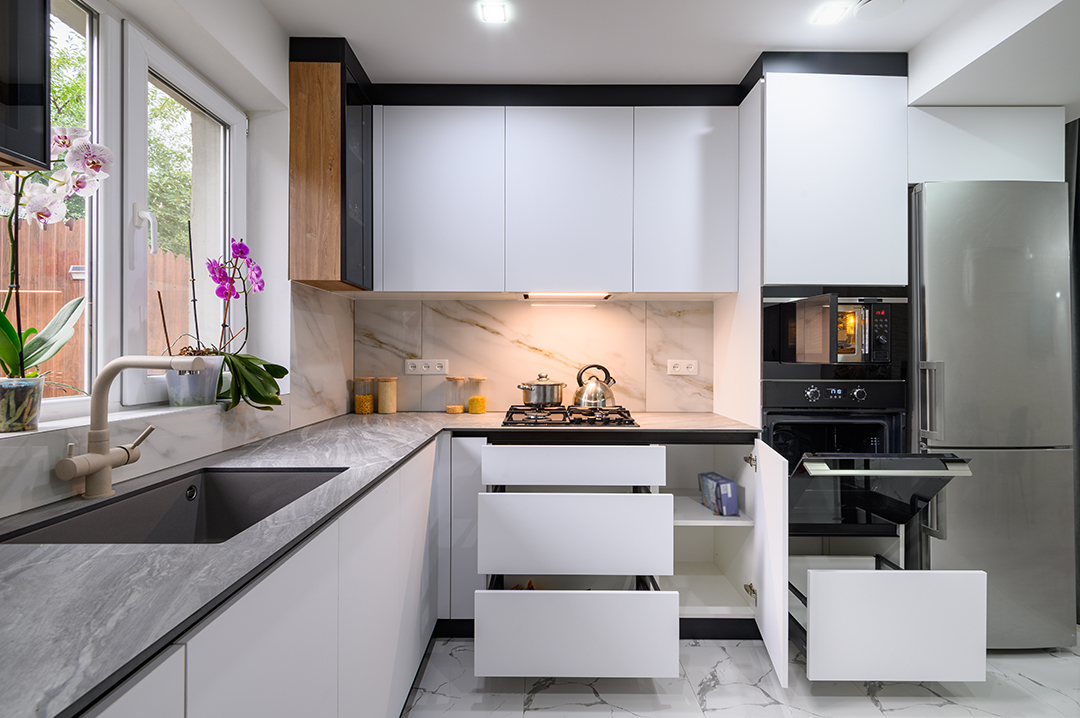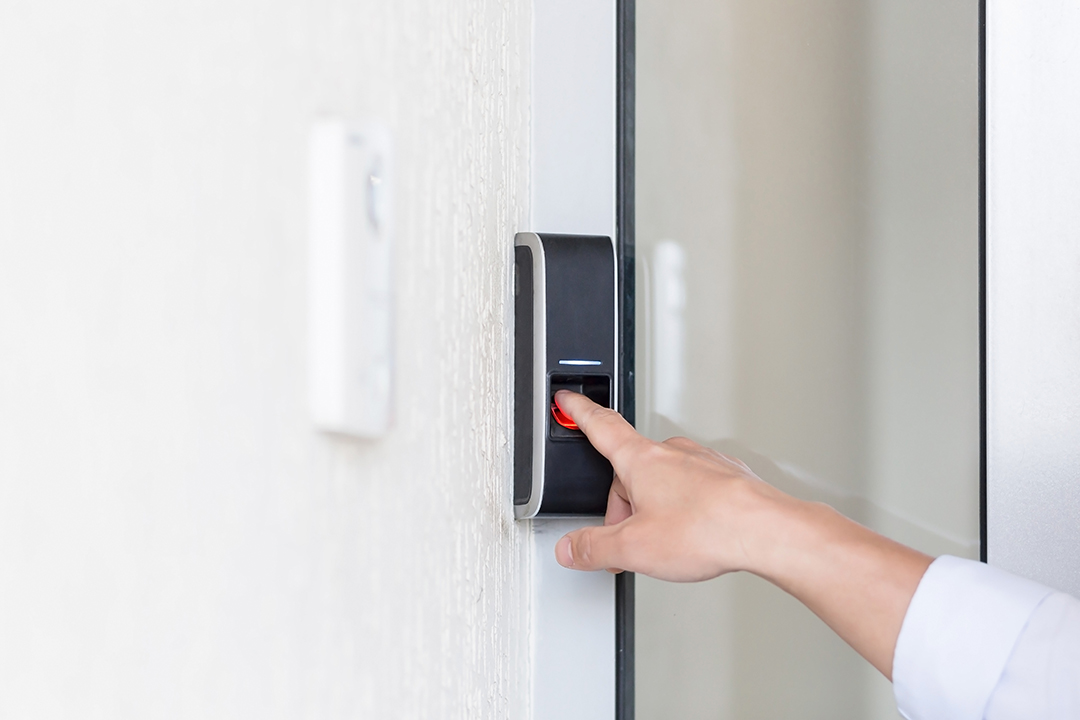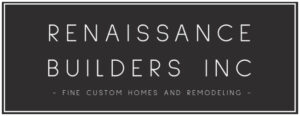Minnesota is known for its historic homes, each brimming with its unique character and charm. These older houses tell stories of a bygone era, but they also come with their fair share of challenges, including drafts, energy inefficiency, and outdated designs. Fortunately, modern home solutions offer a pathway to transform these vintage properties into comfortable, energy-efficient, and stunning living spaces. In this comprehensive guide, we will explore a range of solutions and strategies to bring older Minnesota homes into the 21st century while preserving their timeless appeal.
Insulation and Energy Efficiency
The Importance of Insulation
In the often harsh and frigid winters of Minnesota, maintaining a cozy and energy-efficient home is a top priority. For older homes, insulation is one of the fundamental elements that can make a significant difference. Insulation not only keeps your home warm in the winter but also cool in the summer, improving overall energy efficiency.
Older homes typically lack the level of insulation found in modern constructions. In the past, materials like fiberglass and cellulose were common, but they may have deteriorated over time, leaving gaps and inefficiencies. The first step in transforming your older Minnesota home is to assess its current insulation situation. An energy audit can pinpoint areas of concern, such as walls, attics, and floors.
Modern Insulation Solutions
Thankfully, modern insulation solutions have come a long way, integrating technology for enhanced efficiency. Today, homeowners have access to a variety of materials that are not only more efficient but also eco-friendly. For instance, spray foam insulation provides an airtight seal, preventing drafts and heat loss. It’s particularly effective in sealing gaps in attics and crawl spaces, and it can be monitored and controlled remotely with smart home technology.
Another approach is to add rigid foam insulation to the exterior of the home, and it can be paired with smart sensors to optimize energy use. This not only boosts energy efficiency but can also enhance the aesthetic appeal of the property. It’s a great option for preserving the original character of older homes while improving comfort. With the use of smart thermostats and integrated home automation systems, you can remotely manage your home’s temperature and energy usage for maximum efficiency.
Benefits of Improved Energy Efficiency
Enhancing insulation and energy efficiency in your older Minnesota home offers numerous benefits, which are amplified when combined with modern technology. The most obvious advantage is a noticeable reduction in heating and cooling costs. With better insulation, your HVAC system won’t have to work as hard to maintain a comfortable temperature, which translates to lower utility bills. These savings can be tracked and analyzed using smart meters and energy management apps.
In addition to saving money, improved energy efficiency also reduces your carbon footprint. By using less energy to heat or cool your home, you contribute to a more sustainable and eco-friendly way of living. This is especially relevant in a state like Minnesota, where winters can be harsh, and energy consumption is a significant concern. Smart home technologies also allow you to monitor and optimize your energy use, reducing waste and environmental impact.
Accessibility and Mobility Solutions
Widen Doorways and Install Ramps
In addition to energy efficiency, modern home solutions encompass enhancing accessibility and mobility. For older residents who wish to stay comfortably in their homes, widening doorways and installing ramps can be essential modifications. These adjustments improve the ease of movement and cater to individuals with mobility challenges.
Widening doorways allows for wheelchair accessibility and creates a more open and inviting interior. It’s a relatively straightforward modification that can make a significant difference in the daily lives of residents.
Ramps, whether inside or outside the home, provide accessibility for those with mobility issues or using mobility aids. These can be designed to seamlessly blend with the home’s aesthetics, ensuring both functionality and style.
Kitchen Modifications
Kitchen modifications are essential for creating an inclusive and functional space for older residents. These adaptations aim to enhance accessibility and ease of use in one of the most frequented areas of the home.
Key Kitchen Modifications Include:
Lower Countertops: Lowering countertops ensures that older individuals can comfortably prepare meals and perform kitchen tasks without straining themselves. This modification caters to wheelchair users as well, allowing them to roll up to the counter with ease.
Pull-Out Shelves: Pull-out shelves are designed to maximize storage and access. They eliminate the need for individuals to reach into deep cabinets, which can be challenging for those with limited mobility. These shelves bring items within easy reach, making daily tasks more convenient.
Lever-Style Handles: Lever-style handles on cabinets and drawers are an excellent alternative to traditional knobs. They require less hand strength to operate, which is particularly helpful for individuals with arthritis or reduced dexterity.
Open Floor Space: Creating open floor space within the kitchen is crucial for wheelchair accessibility. It ensures unobstructed movement and allows for a more flexible layout that accommodates mobility devices.
Shower and Bathtub Modifications
The bathroom is another critical area for modifications. Shower and bathtub enhancements are designed to improve safety, accessibility, and comfort, reducing the risk of slips and falls.
Key Shower and Bathtub Modifications Include:
Walk-In Showers: Walk-in showers eliminate the need to step over high tub walls, making entry and exit safer. Grab bars and non-slip flooring enhance stability and prevent accidents.
Bench Seating: Installing a bench or seat within the shower offers a comfortable resting place for those who may have difficulty standing for extended periods. It also facilitates showering while seated.
Walk-In Tubs: Modern walk-in tubs are equipped with features like hydrotherapy and easy-entry doors. These tubs provide a soothing and therapeutic bathing experience while minimizing the risk of falls.
Grab Bars: Securely mounted grab bars near the shower and bathtub provide stability and support for individuals as they move in and out of these spaces.
Flooring Modifications
Flooring plays a significant role in safety and accessibility. Older residents often require flooring that reduces the risk of slips and falls while providing a comfortable surface to walk on.
Key Flooring Modifications Include:
Non-Slip Flooring: Non-slip flooring materials are designed to provide traction, reducing the chances of accidents. They are especially important in high-moisture areas like bathrooms and kitchens.
Cushioned Flooring: Cushioned flooring options are gentler on joints and more forgiving in case of falls. This type of flooring is comfortable to walk on, making it ideal for individuals with joint pain or mobility challenges.
Smooth Transitions: Ensuring smooth transitions between different flooring types or between rooms is crucial. It prevents tripping hazards and promotes easy navigation for those with mobility aids.
Assistive Technology Also Makes Living Safer
Assistive technology encompasses a wide range of devices and solutions that enhance safety and convenience.
Key Assistive Technology Solutions Include:
Smart Doorbells and Cameras: Smart doorbells and cameras provide remote monitoring and enhance security. Residents can see who’s at the door and maintain visual surveillance, even when they’re not at home.
Voice-Activated Assistants: Voice-activated assistants, such as Amazon Alexa and Google Assistant, control lighting, appliances, and thermostats using voice commands. They offer hands-free operation and are particularly beneficial for individuals with limited mobility.
Mobile Safety Apps: Mobile safety apps, including fall detection and emergency response features, provide an added layer of security for older residents. In case of an emergency, help is just a button press away.
Medical Alert Systems
Medical alert systems offer peace of mind and immediate access to assistance in case of medical emergencies or accidents, particularly for those living alone or with limited support.
Key Features of Medical Alert Systems Include:
Fall Detection: Many modern medical alert systems are equipped with fall detection capabilities. These systems automatically detect falls and trigger an alert to the monitoring center, ensuring rapid response.
Emergency Response: In the event of a medical emergency or accident, pressing the alert button connects the individual to a trained operator who can coordinate emergency assistance.
Smart Home Devices
Smart home technology extends beyond energy management, providing convenience, accessibility, and security.
Key Smart Home Devices Include:
Smart Locks: Smart locks offer keyless entry and remote access control, enhancing security and ease of entry.
Automated Lighting: Automated lighting systems can be programmed to adjust to the individual’s preferences, providing both convenience and energy savings.
Voice-Activated Controls: Voice-activated assistants, as mentioned earlier, offer voice-controlled operation of various home features.
Assistive Seating and Hoyer Lifts
Assistive seating solutions, including lift chairs and adjustable beds, provide comfort, support, and ease of use. Hoyer lifts offer safe and efficient assistance for transferring individuals with limited mobility.
Lift Chairs: Lift chairs are specially designed recliners that assist individuals in standing up or sitting down with ease. They provide comfort and support for those with mobility challenges.
Adjustable Beds: Adjustable beds allow individuals to find the most comfortable sleeping or resting position. They are particularly beneficial for those with medical conditions or limited mobility.
Hoyer Lifts: Hoyer lifts are mechanical devices used to lift and transfer individuals with limited mobility, ensuring safe and efficient assistance for both caregivers and residents.
In conclusion, the journey from drafty to dreamy for older Minnesota homes is an inspiring one. With modern home solutions, accessibility modifications, and assistive technologies, these historic properties can be transformed into safe, comfortable, and welcoming spaces.
For those in Minnesota seeking these vital enhancements, Renaissance Builders stands as a trusted ally in this endeavor. With their expertise and commitment to excellence, Renaissance Builders offers a wide range of services, including kitchen modifications, shower and bathtub enhancements, flooring solutions, and the integration of assistive technology. They understand that every home is unique, just like its residents, and work diligently to tailor each project to meet individual needs. With Renaissance Builders, older Minnesota homes not only retain their timeless charm but also embrace the future with open arms, ensuring that every resident can continue to enjoy the comforts of home for years to come.











